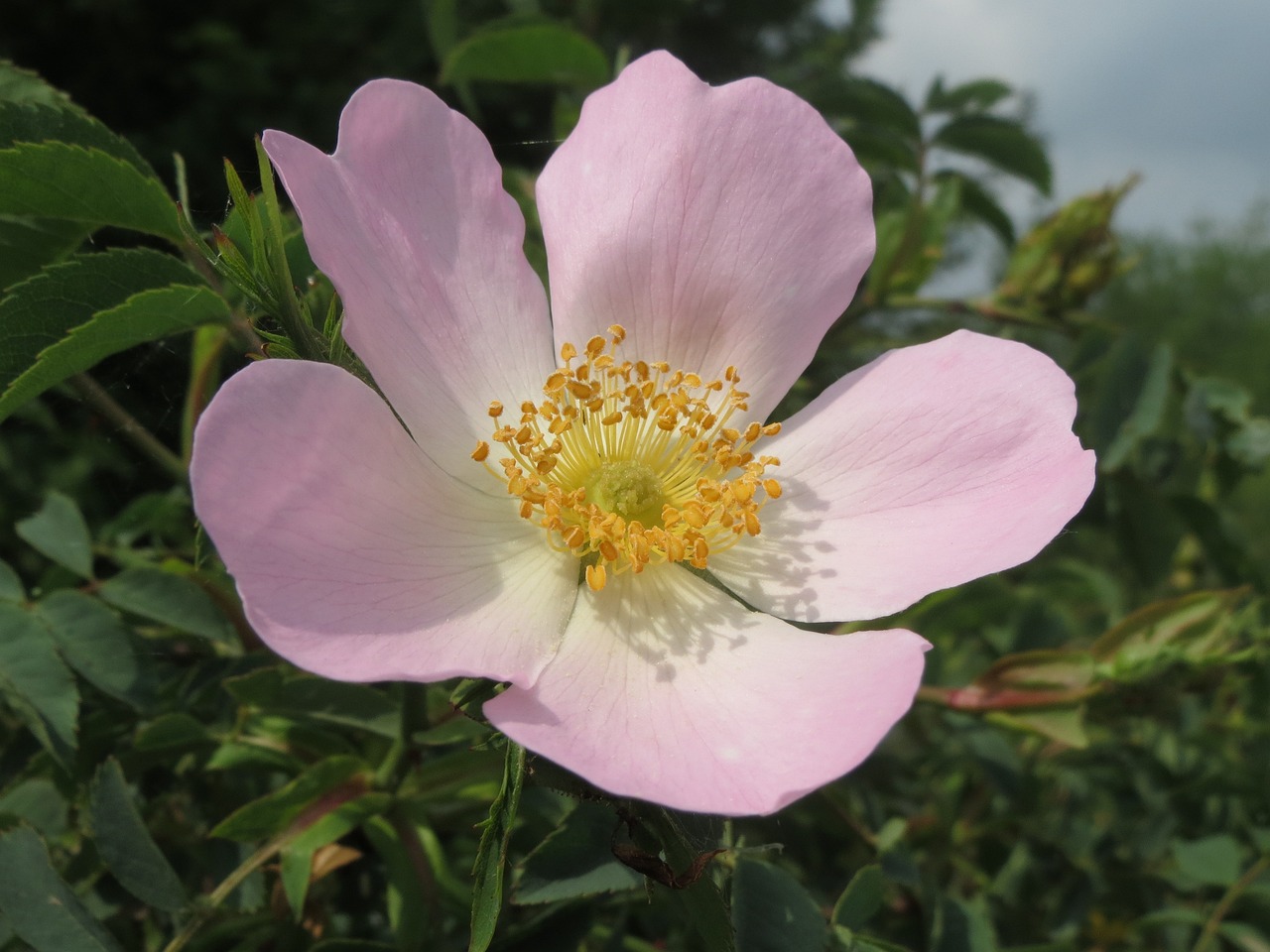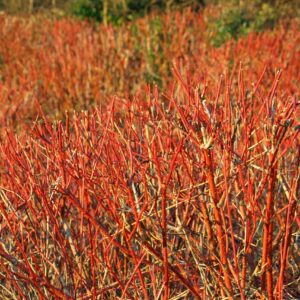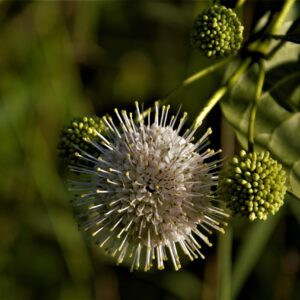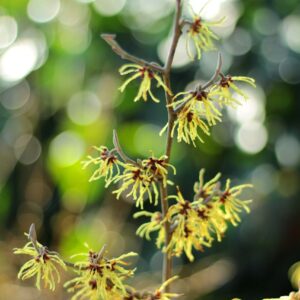Rosa carolina, commonly known as the Carolina Rose, is a native North American wild rose species known for its delicate beauty and adaptability. Rosa carolina is a lovely native rose species that adds beauty and ecological value to gardens and natural landscapes, making it a popular choice for those interested in native plants and wildlife-friendly gardening.
Appearance:
Size: Carolina Rose is a deciduous shrub that typically grows 3-6 feet (0.9-1.8 meters) tall and can spread up to 4-6 feet (1.2-1.8 meters) wide. It has a somewhat compact, bushy growth habit with arching canes.
Leaves: The leaves are pinnate with 5-9 leaflets, each about 1-3 inches (2.5-7.5 cm) long. The leaflets are elliptical with serrated edges and are dark green on the upper surface with a lighter, slightly fuzzy underside. In the fall, the leaves may turn yellow to reddish-brown.
Flowers: Carolina Rose produces small, fragrant flowers that are typically 1-2 inches (2.5-5 cm) in diameter. The flowers are usually pink to light pink, with five petals and a slightly ruffled appearance. They bloom in clusters from late spring to early summer, often from May to July, depending on the climate.
Fruit: The rose hips (fruits) of Rosa carolina are small, round, and typically red or orange when mature. They are about 1/2 inch (1.3 cm) in diameter and contain seeds. The hips develop in late summer to fall and persist into winter, providing visual interest and food for wildlife.
Thorns: The stems of Rosa carolina are armed with small, curved thorns, which are typical of many rose species. These thorns help protect the plant from herbivores.
Bark: The bark on young stems is green to reddish-brown, becoming more brown and woody with age. The older stems can become somewhat shaggy or peeling.
Habitat: Rosa carolina is versatile and adaptable, thriving in a variety of habitats, including prairies, meadows, open woodlands, and along roadsides. It prefers well-drained soils and can tolerate a range of soil types, from sandy to clayey. It is hardy in a range of climates and can be found in much of eastern North America, from the southeastern U.S. to Canada.
Uses:
Ornamental: The Carolina Rose is valued for its charming flowers, attractive foliage, and colorful hips. It is often used in native plant gardens, wildflower meadows, and as a ground cover or informal hedge.
Culinary and Medicinal: The rose hips are edible and can be used to make herbal teas, jams, jellies, and syrups. They are rich in vitamin C and have been traditionally used in various medicinal preparations.
Ecological: The plant provides food and habitat for various wildlife, including birds, insects, and small mammals. The flowers attract pollinators such as bees and butterflies, while the rose hips serve as a food source for birds.
Care:
Pruning: Prune Carolina Rose in late winter or early spring to remove dead or damaged wood and to shape the shrub. Light pruning after flowering can also encourage more blooms.
Watering: The plant is relatively drought-tolerant once established, but regular watering during dry periods helps maintain its health and appearance.
Fertilizing: Fertilizing is generally not necessary for this hardy plant, but a light application of balanced fertilizer in early spring can promote healthy growth.





